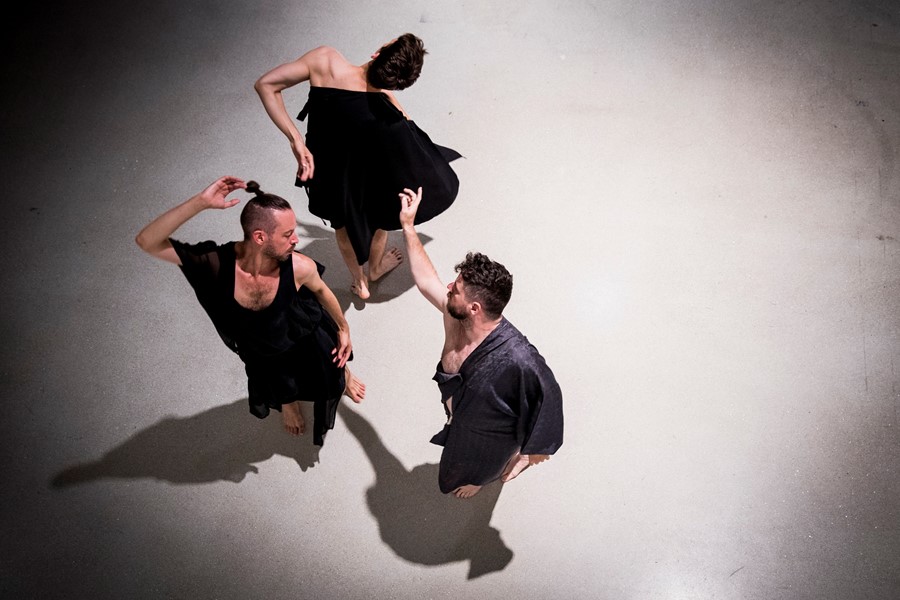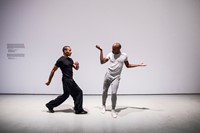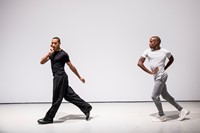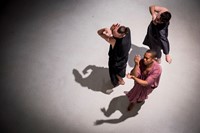If his experimental new exhibition has anything to do with it, Trajal Harrell is about to be the name on everybody’s lips
American choreographer Trajal Harrell surpasses the traditional boundaries of dance to infuse his work with imagined scenarios that look to underrepresented cultures and historical forms of performance. He experiments and blends styles as diverse as Japanese butoh, classical Greek dancing, voguing and runway walks to reconsider the way we isolate and catalogue our culture. In his most well-known piece Twenty Looks or Paris is Burning at the Judson Church he considered a fictitious event set in 1963, where a member of the Harlem voguing ballroom scene travels down to Greenwich Village and dances alongside Postmodern performers.
The Barbican Art Gallery has invited Harrell to occupy its space over a period of four weeks, with 14 pieces showing the breadth of his oeuvre, often occurring simultaneously. The show’s title, Hoochie Koochie, is taken from a form of sensual belly dancing that was first introduced to the US via the Syrian dancer called ‘Little Egypt’, who performed at the Chicago World’s Fair in 1893. The term was adopted as a catch-all phrase for the new forms of provocative performance that followed, which are considered to be the precursors to burlesque and striptease.
Harrell’s exhibition is the first time the gallery has been given over to a solely dance-based practice, and offers a new unprecedented approach to presenting the art form. The artist spoke about this incredible opportunity in between performances.
On performing in an art gallery...
“I must admit that when I came for the meeting with the Barbican team I was a bit shocked to be invited to do a show in this big space. I pretended like it was nothing, but really it was a big deal for me. I’m still getting over the shock of it. I do think it’s quite rare and daring and courageous to put this many dancers in the same time and place. It’s something that’s not really done. I’ve seen it when real dancers have a dialogue in a shared space and that’s something that excites me. Of course I’m really into history so being in this exhibition is a bit like time travel. I get to go back into the past and go into the present. Hopefully you’ll start feeling some of the future too. That’s so exciting for me, and the fact that it lasts four weeks? I don’t even know where to start. It’s a real commitment.”
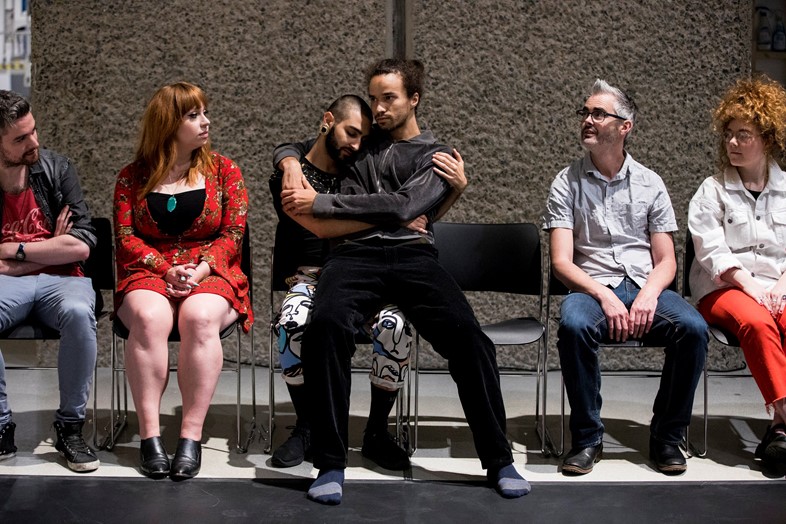
On collaboration...
“It’s no secret, great performers are everything to this work and there have been so many individuals who have really helped me and collaborated with me to make it. So please come to see them! They are some of the best in the world, I really believe that. This is quite a jewel, to see these people together, and of course it’s quite international. My work also has a lot to do with costume and so I have to thank my wardrobe person, Sally Heard, who really has had a lot on her hands with this show.”
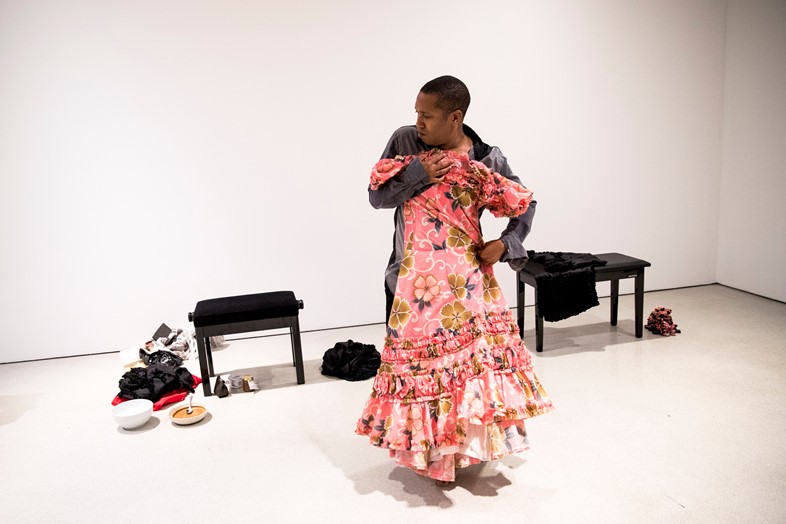
On hoochie koochie and gender...
“Looking back at the hoochie koochie shows, we employ our sexist, orientalist, and post-colonialist readings fixed to the male gaze, gender and racial inequality, exoticism, and sexual objectification… we perform as these all-female shows, though we are mixed genders. With my recurring mix of voguing runway realness and postmodern authenticity, all genders here are performed and constructed, between now and then, in the imagination.”

Trajal Harrell: Hoochie Koochie is at the Barbican Art Gallery until August 13, 2017.
